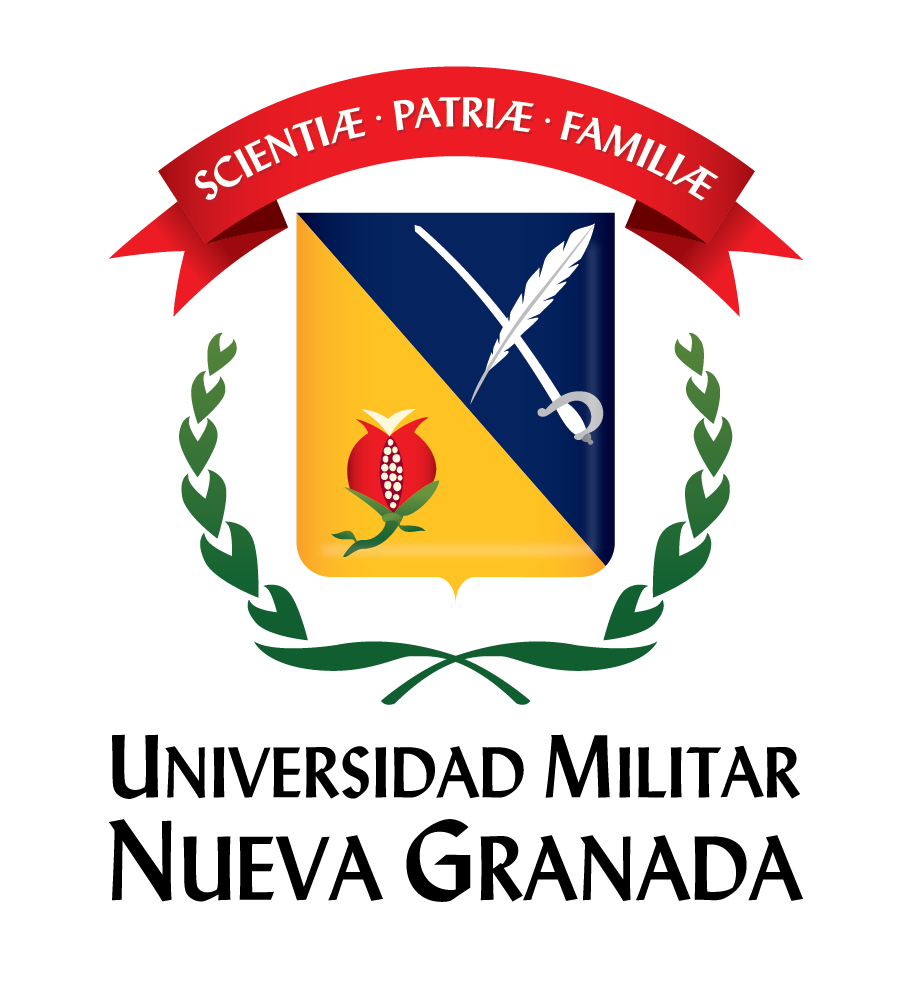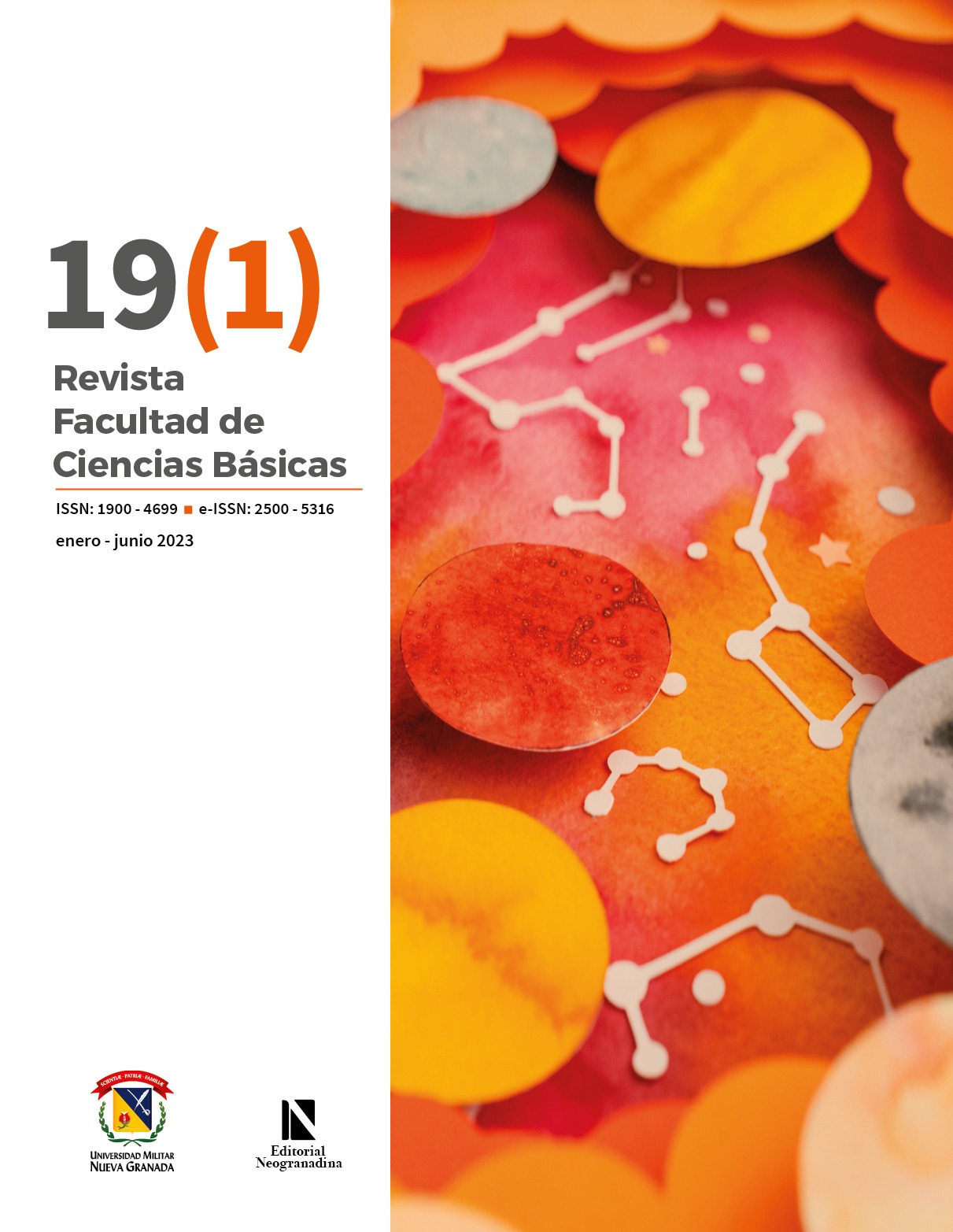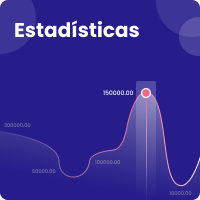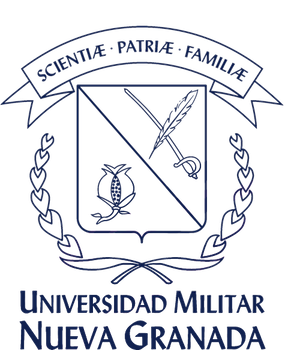Machine Learning for Recognizing Bicycle Use as a Mode of Transportation
Abstract
GPS-generated data from trajectories traveled using various modes of transportation provide valuable information for managing mobility and assessing the benefits impacting a city’s mobility system. However, this data alone does not allow for the identification of eco-friendly transportation modes to characterize citizen behavior within the context of sustainable mobility. Therefore, recognizing the routes and distances traveled by cyclists through machine learning (ML) techniques is considered a technological enrichment challenge, adding intelligence capabilities to mobility systems aligned with the paradigm of smart, sustainable, and responsive cities. This study evaluates different machine learning techniques to analyze GPS traces collected from users’ trips and identify bicycle use as a mode of transportation. The CRISP-DM methodology was implemented on a public da- taset collected in Beijing, China, to generate a model capable of distinguishing trajectories made by bicycle. The dataset was evaluated for both binary and multiclass classification, using different standardization techniques and multiple categorization algorithms. The results demonstrate that tree-based ensemble algorithms achieve the highest accuracy in an intelligent mobility data recording and processing system. Specifically, the gradient boosting algorithm adapts better to variations that might influence the performance of such systems in identifying the mode of transportation used.
Downloads
Languages:
SpanishSupport agencies:
Product of the research project “PSIIN3102ECBTI2023 Certification system for the effective use of eco-friendly means of transportation” of the Universidad Nacional Abierta y a Distancia.References
F. A. Malik et al., “Intelligent real-time modelling of rider personal attributes for safe last-mile delivery to provide mobility as a service”, Applied Sciences (Switzerland), vol. 12, núm. 20, 2022.
C. Keller et al., “Investigating the potential of data science methods for sustainable public transport”, Sustainability (Switzerland), vol. 14, núm. 7, 2022.
I. M. Pires et al., “Comparison of machine learning techniques for the identification of human activities from inertial sensors available in a mobile device after the application of data imputation techniques”, Comput. Biol. Med., vol. 135, ago., 2021. DOI: https://doi.org/10.1016/j.compbiomed.2021.104638
F. Schirmer et al., “Use of machine learning for expanding realistic and usable routes for data analysis on sustainable mobility”, vol. 2021, pp. 156-163, 2021.
F. Tuchnitz et al., ‘Development and evaluation of a smart charging strategy for an electric vehicle fleet based on reinforcement learning”, Applied Energy, vol. 285, 2021.
S. Bilotta et al., ‘Short-Term Prediction of City Traffic Flow via Convolutional Deep Learning’, IEEE Access, vol. 10, pp. 113086-113099, 2022.
O. D. León-Granizo y M. Botto-Tobar, “Predictive algorithms analysis to improve sustainable mobility”, International Journal on Informatics Visualization, vol. 6, núm. 1, pp. 83-89, 2022.
C. Catal et al., “On the use of ensemble of classifiers for accelerometer-based activity recognition”, Appl. Soft Comput., vol. 37, dic. 2015. DOI: https://doi.org/10.1016/j.asoc.2015.01.025
H. Gong et al., “A GPS/GIS method for travel mode detection in New York City”, Comput. Environ. Urban Syst., vol. 36, núm. 2, marzo. 2012. DOI: https://doi.org/10.1016/j.compenvurbsys.2011.05.003
D.-N. Lu et al., “Vehicle mode and driving activity detection based on analyzing sensor data of smartphones”, Sensors, vol. 18, núm. 4, Art. N.° 4, abr. 2018, DOI: https://doi.org/10.3390/s18041036
X. Liang et al., “A deep learning model for transportation mode detection based on smartphone sensing data,” IEEE Trans. Intell. Transp. Syst., vol. 21, núm. 12, dic. 2020, DOI: https://doi.org/10.1109/TITS.2019.2951165
S. Cheng y Y. Liu, “Research on transportation mode recognition based on multi-head attention temporal convolutional network”, Sensors, vol. 23, núm. 7, 2023. DOI: https://doi.org/10.3390/s23073585
S. Khan et al., “Deep neural network and trust management approach to secure smart transportation data in sustainable smart cities”, ICT Express, vol. 10, núm. 5, 2024. DOI: https://doi.org/10.1016/j.icte.2024.08.006
G. Badu-Marfo et al., “An ensemble federated learning framework for privacy-by-design mobility behaviour inference
in smart cities”, Sustainable Cities and Society, vol. 97, 2023. DOI: https://doi.org/10.1016/j.scs.2023.104703
N. Zafar et al., “Traffic prediction in smart cities based on hybrid feature space”, IEEE Access, vol. 10, 2022. DOI: https://
doi.org/10.1109/ACCESS.2022.3231448
A. Sharma et al., “Early transportation mode detection using smartphone sensing data”, IEEE Sens. J., vol. 21, núm. 14, jul. 2021. DOI: https://doi.org/10.1109/JSEN.2020.3009312
P. Chapman et al., CRISP-DM 1.0: Step-by-step Data Mining Guide. CRISP-DM Consortium, 2000.
Y. Zheng et al., “Geolife GPS trajectory dataset - User Guide”, 2011.
F. Pedregosa et al., “Scikit-learn: Machine learning in Python,” Journal of Machine Learning Research, vol. 12, pp. 2825-2830, 2011.
R. Boutaba et al., “A comprehensive survey on machine learning for networking: evolution, applications and research opportunities”, Journal of Internet Services and Applications, vol. 9, núm. 1, p. 16, jun. 2018.
DeepLearning.AI, “Train/dev/test sets”, YouTube, 2017, https://www.youtube.com/watch?v=1waHlpKiNyY (accedido el 9 de septiembre de 2024) [En línea].
S. Boughorbel, F. Jarray y M. El-Anbari, “Optimal classifier for imbalanced data using matthews correlation coefficient metric”, PLOS One, vol. 12, núm 6, pp. 1-17, 2017.
J. Brownlee, Master machine learning algorithms discover how they work and implement them from scratch, 1.9. Melbourne, 2017. [Online]. http://MachineLearningMastery.com
C. Bentéjac, A. Csörgő y G. Martínez-Muñoz, “A comparative analysis of gradient boosting algorithms”, Artif Intell Rev, vol. 54, núm. 3, 2021. DOI: https://doi.org/10.1007/s10462-020-09896-5
S. Dabiri y K. Heaslip, “Inferring transportation modes from GPS trajectories using a convolutional neural network”, Transp Res Part C Emerg Technol, vol. 86, 2018. DOI: https://doi.org/10.1016/j.trc.2017.11.021
C. Ferri, “Identifying the sport activity of GPS tracks,” Procedia Computer Science, Elsevier B.V., 2016. DOI: https://doi.org/10.1016/j.procs.2016.05.345
A. Vabalas et al., “Machine learning algorithm validation with a limited sample size,” PLoS One, vol. 14, núm. 11, 2019. DOI: https://doi.org/10.1371/journal.pone.0224365

| Article metrics | |
|---|---|
| Abstract views | |
| Galley vies | |
| PDF Views | |
| HTML views | |
| Other views | |
Copyright (c) 2024 Revista Facultad de Ciencias Básicas

This work is licensed under a Creative Commons Attribution-NonCommercial-NoDerivatives 4.0 International License.











